Internal Migration:
Factual Overview
No. of internal migrants: 10.5 million[1] lifetime migrants
65%[2] of all migrants move from rural to urban areas in Nepal
Key destination areas: Kathmandu[3]
Prominent sectors of employment for internal migrants[4]: Service sector[5] (42.7%), construction (12.6%) and manufacturing (9.9)
The Global Index Risk Report (2021) placed Nepal at Rank 12[6]
Climate migration: There are 345,018[7] estimated climate migrants in the country. An estimated 1.3 million people are predicted to migrate by 2050 as a result of climate change[8]
For more on internal migration in India and other countries in South and Southeast Asia, read our study Internal Migration in Asia.
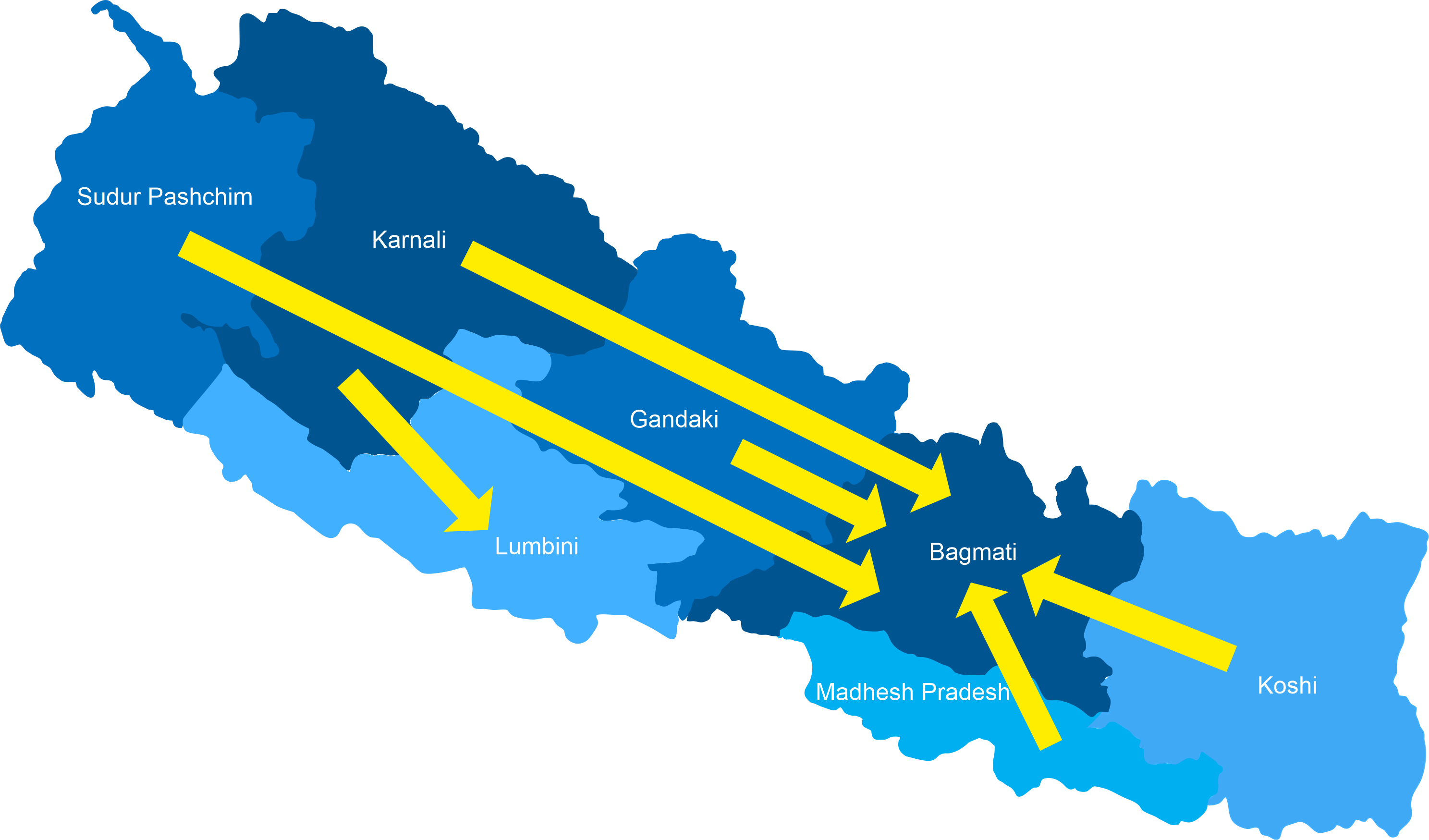
MRC in Nepal
Developing scalable, context-appropriate models to improve last-mile access to social protection.
Collaborating with government and industry to build sustainable, systemic solutions to address challenges.
Provinces MRC is active in
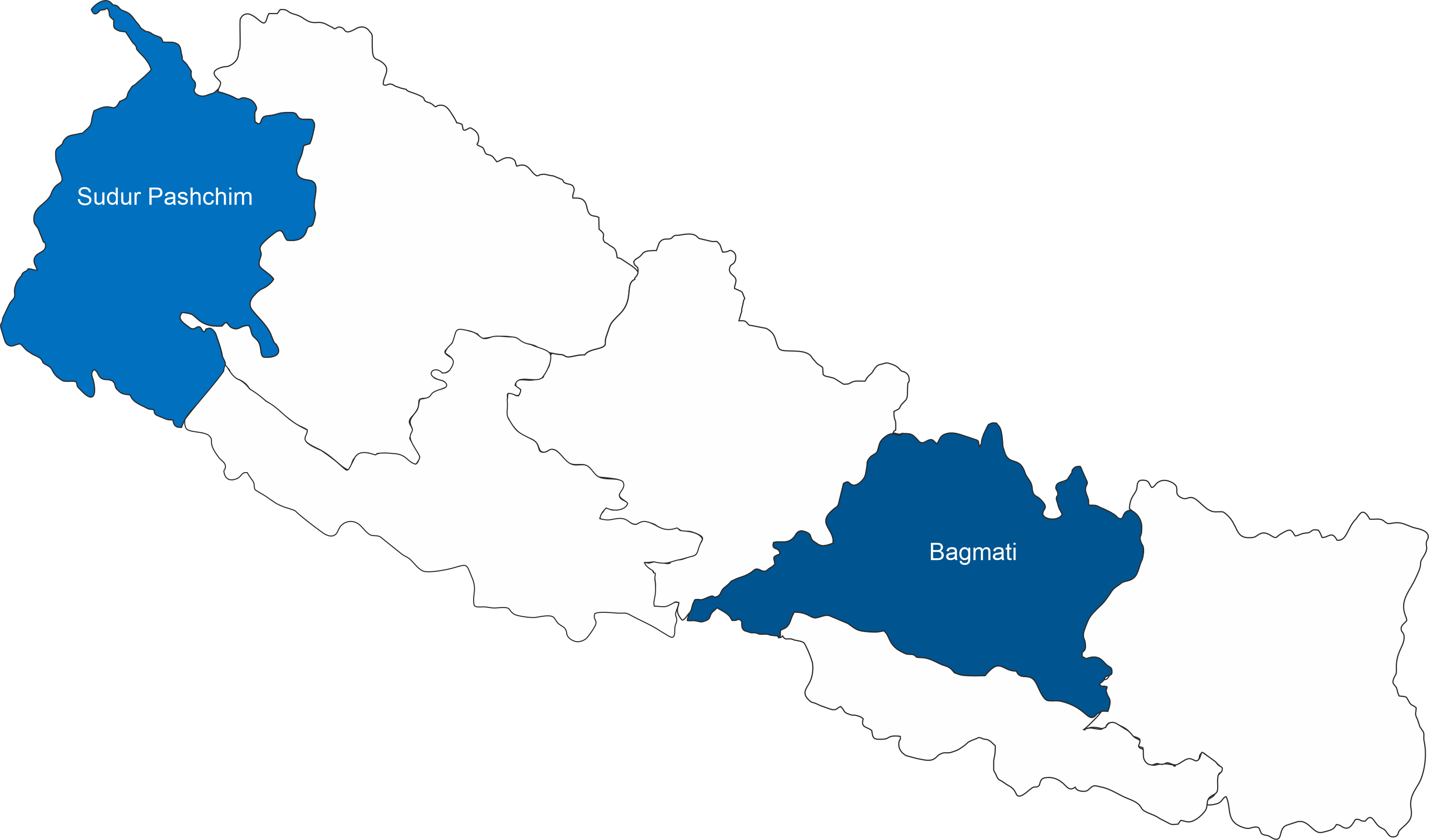
About internal migration in Nepal

Increase in rural to urban migration in the country has led to a loss of labour in rural areas:
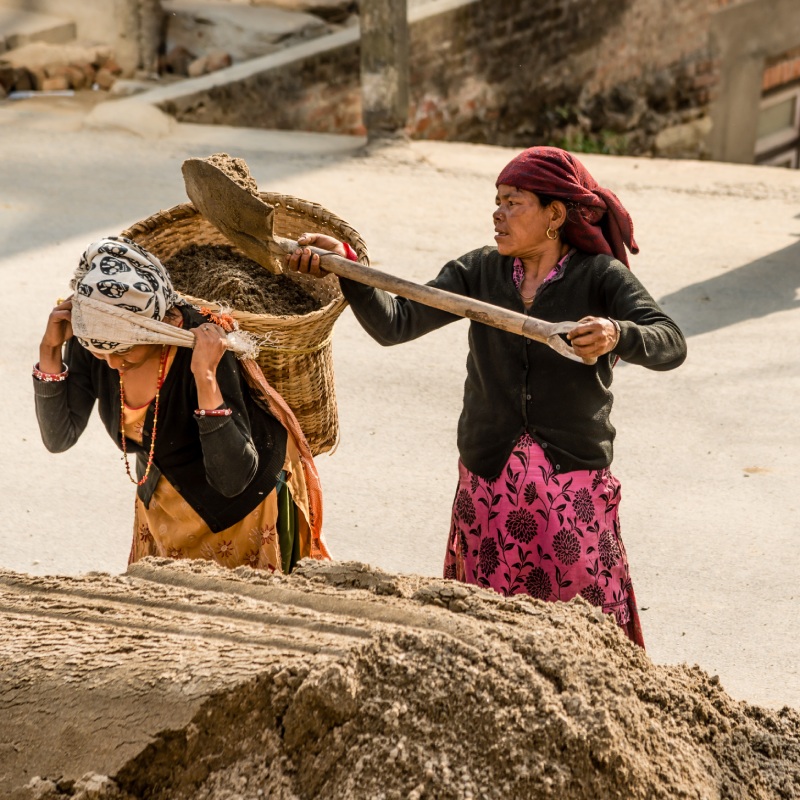
Earthquakes and natural disasters – aggravated by climate change – have driven internal migration in the country:
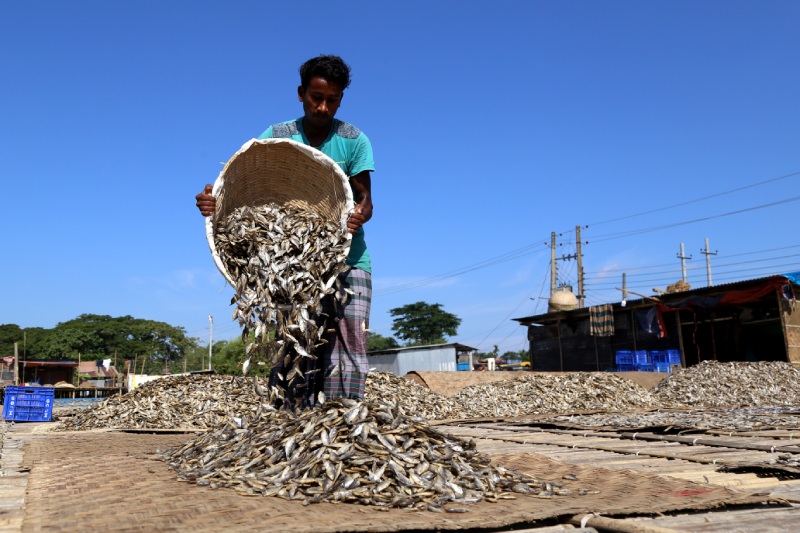
The Social Security Fund in Nepal was recently expanded to cover informal sector workers and self-employed individuals:
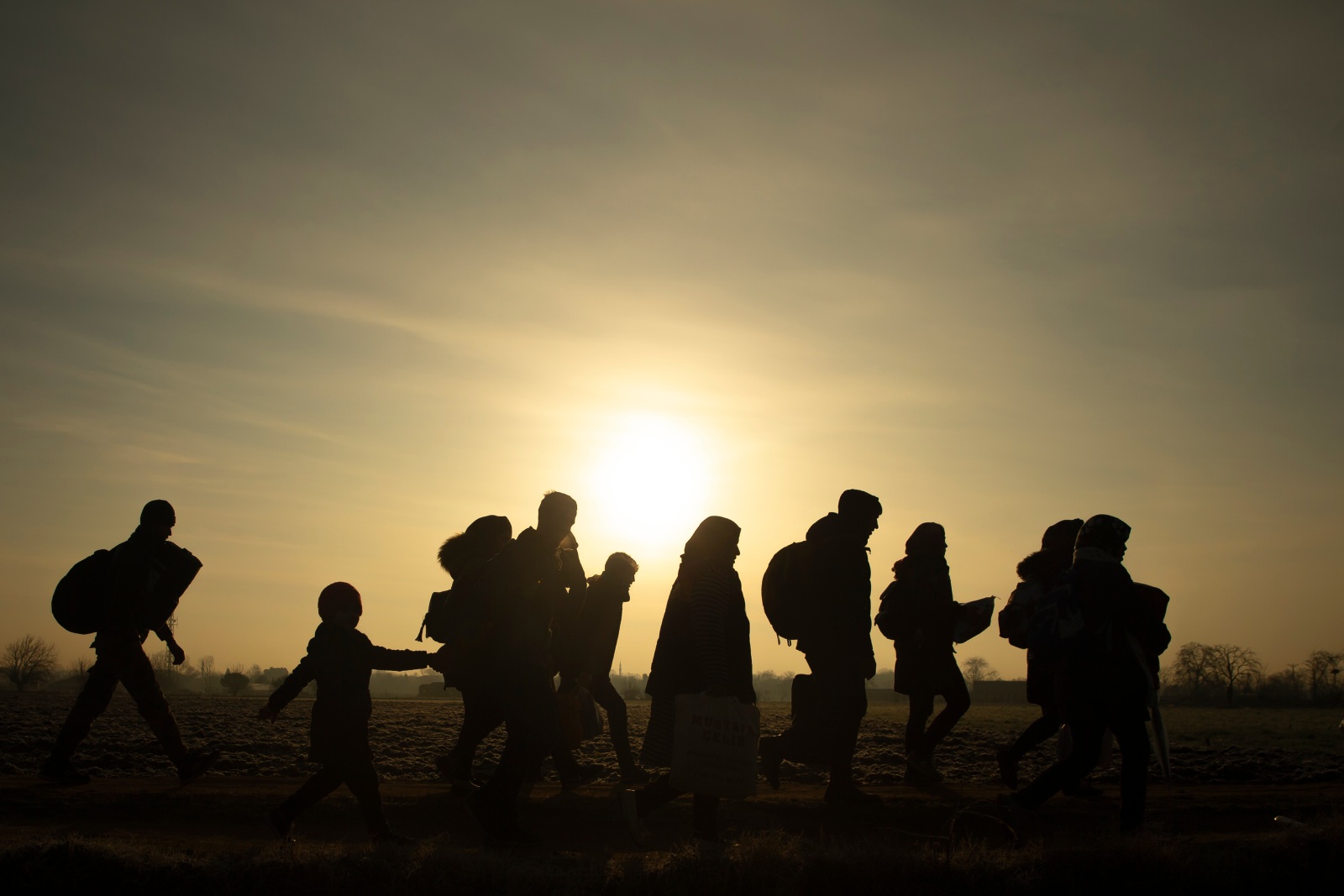
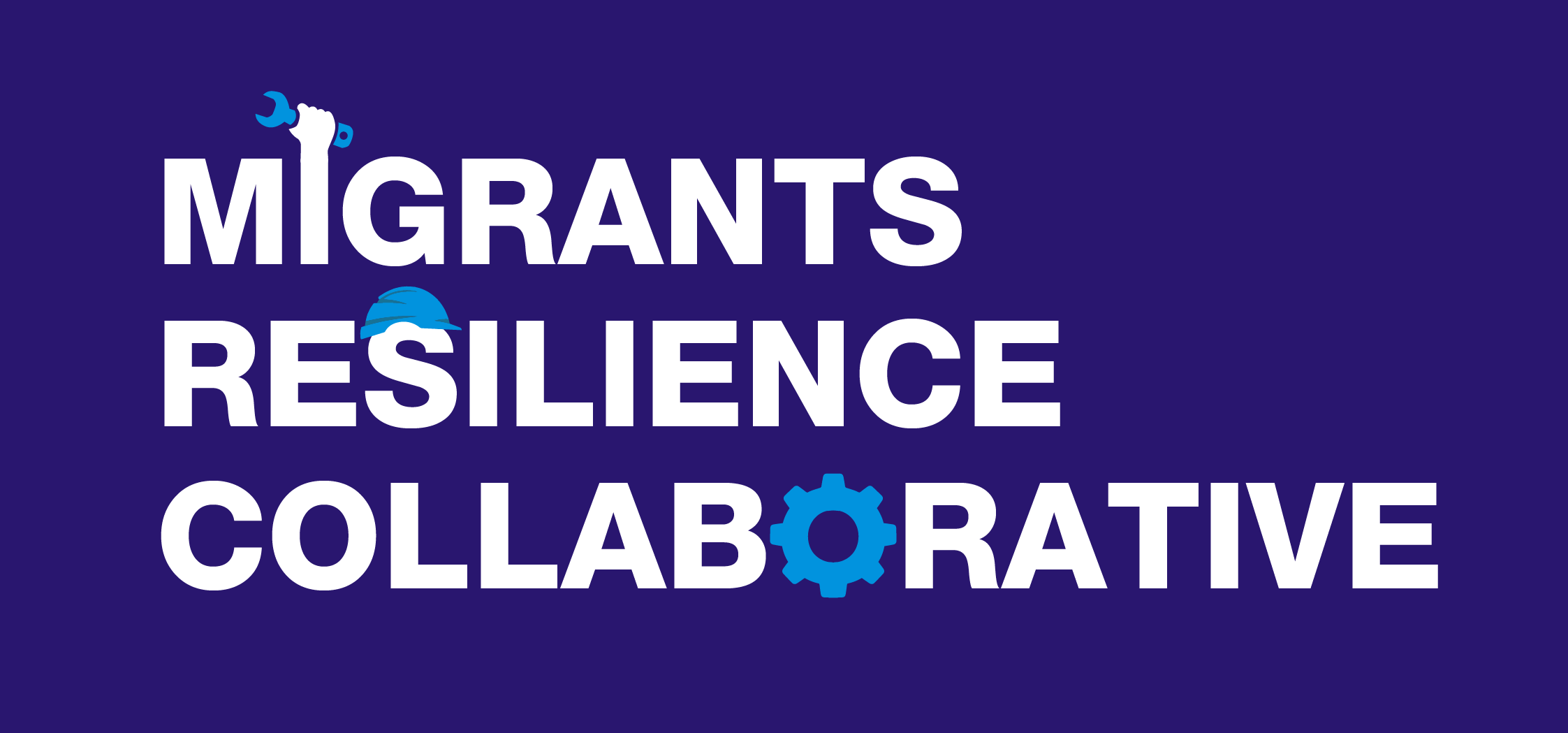
 logo.png)
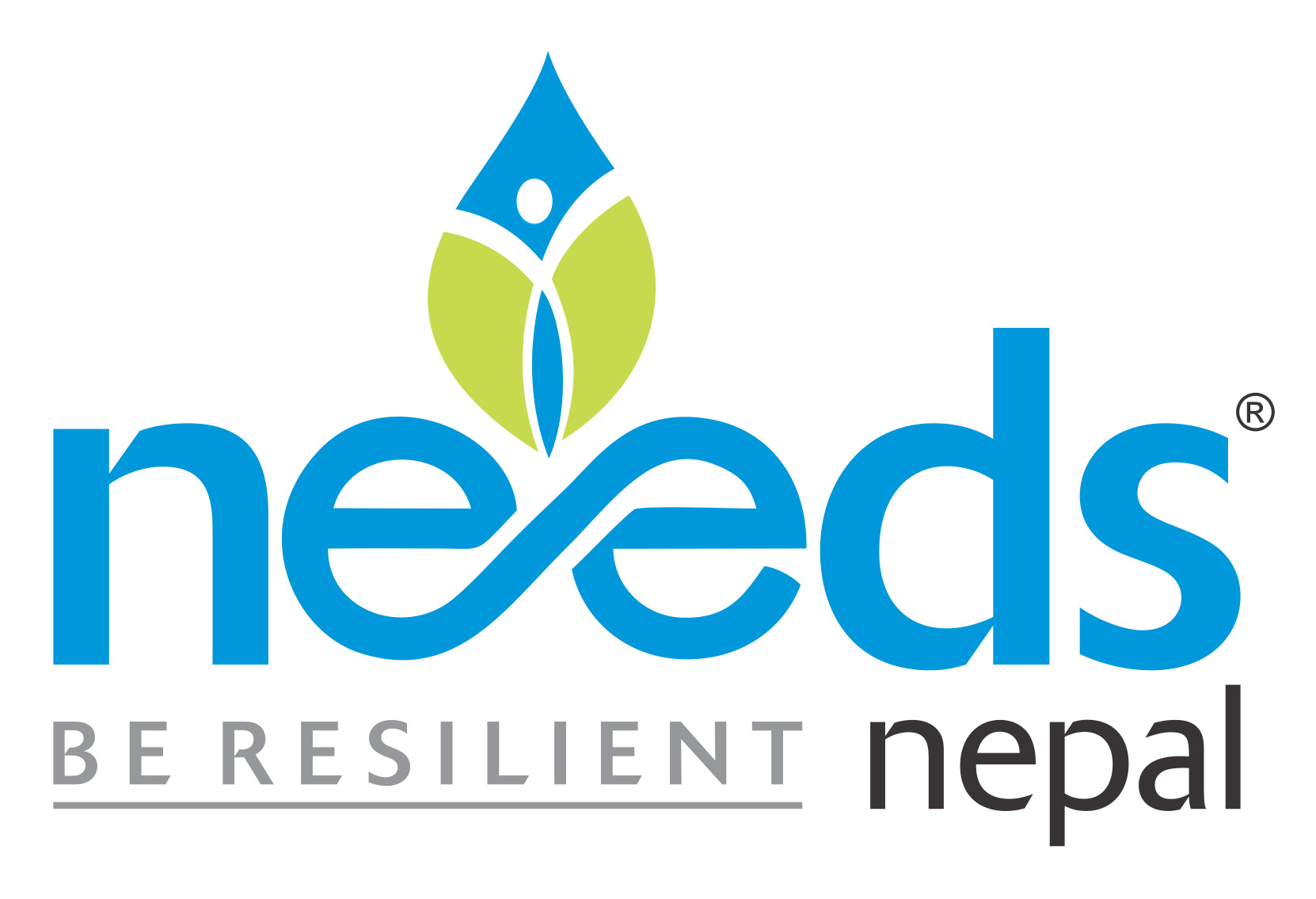
 logo.png)
